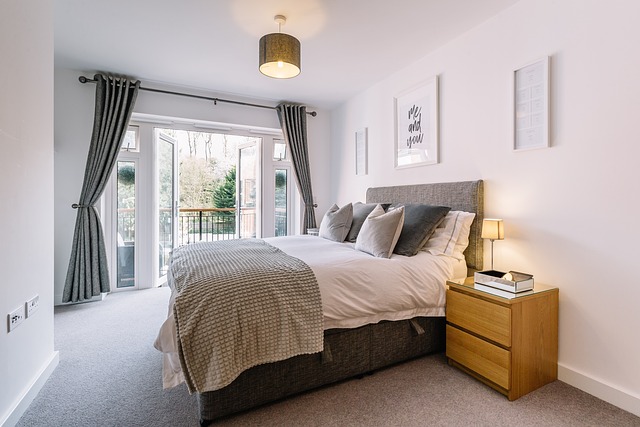Mobile-responsive design ensures websites adapt across various screen sizes and devices. Using media queries and fluid grids, designers create flexible layouts for optimal readability and navigation on smartphones, tablets, and desktops. This adaptability is crucial in the mobile-first era, where significant internet traffic comes from mobile devices. Modern tools like CSS media queries and JavaScript frameworks (React, Angular, Vue.js) enable dynamic, interactive interfaces catering to all users. Success is measured through analytics, tracking user behavior and website performance across devices, with positive trends indicating a well-designed mobile experience.
In today’s digital era, a strong online presence is vital for business success. Understanding and implementing mobile-responsive design is key to achieving this. This article guides you through the essential components and best practices for creating effective mobile web designs that cater to users across diverse devices. From understanding the basics of mobile-responsive design to measuring its impact, you’ll gain valuable insights to enhance your online strategy.
Understanding Mobile-Responsive Design: The Basics

Mobile-responsive design is a fundamental concept in modern web design, ensuring that websites adapt seamlessly to various screen sizes and devices. This approach is crucial for creating an optimal user experience across smartphones, tablets, and desktops. The main idea behind mobile-responsive design is to craft flexible layouts that can adjust and rearrange content based on the available space, making it easily readable and navigable on any device.
By employing media queries and fluid grids, web designers can create dynamic and adaptable designs. Media queries allow for the application of specific styles based on device characteristics like screen width, height, and orientation. Fluid grids, on the other hand, enable content to reflow and reposition itself, ensuring that text, images, and other elements remain legible and accessible regardless of the user’s device. This adaptability is essential in today’s mobile-first world, where a significant portion of internet traffic originates from smartphones and tablets.
Why Mobile Responsive Design is Crucial for Business Success

Key Components of an Effective Mobile Web Design

Best Practices to Create a Seamless User Experience

Creating a seamless user experience for mobile web design involves adhering to key best practices. Firstly, implement a mobile-responsive design that adapts smoothly across various screen sizes and devices. This ensures your website is accessible and comfortable to use on smartphones and tablets, catering to the vast majority of internet users who access sites via these platforms.
Secondly, prioritize simplicity and ease of navigation. Mobile users often have limited time and data, so keep page load times fast and content concise. Use clear, intuitive menus and buttons, ensuring the user journey is straightforward and logical. Remember that mobile screens are smaller, so efficient use of space and clean layout design are essential to enhance usability.
Tools and Technologies for Streamlining Development

Modern mobile web design places a strong emphasis on
mobile-responsive design, ensuring websites adapt seamlessly to various screen sizes and devices. Developers achieve this using versatile tools and technologies that streamline the development process. One popular choice is CSS media queries, allowing for dynamic styling based on device characteristics like screen width and orientation.
JavaScript frameworks like React, Angular, or Vue.js further simplify mobile web development by providing pre-built components and modular structures. These frameworks enable developers to create interactive and responsive interfaces efficiently, catering to the unique demands of mobile users while maintaining a consistent user experience across devices.
Measuring Success: Evaluating the Impact of Mobile Responsive Design

Measuring success is a crucial aspect of evaluating the impact of mobile-responsive design. By setting clear goals and utilizing analytics tools, designers can track user behavior, website performance, and conversion rates across different devices. This data provides valuable insights into how effectively the design adapts to various screen sizes and orientations, ensuring an optimal user experience.
For instance, monitoring bounce rates and time spent on page can reveal whether users are engaging with the content on mobile devices as intended. Positive trends indicate that the mobile-responsive design successfully caters to the needs of mobile users, leading to increased satisfaction and potential conversions. Conversely, high bounce rates or short session durations might signal areas for improvement in the design or content strategy to better cater to the mobile audience.
